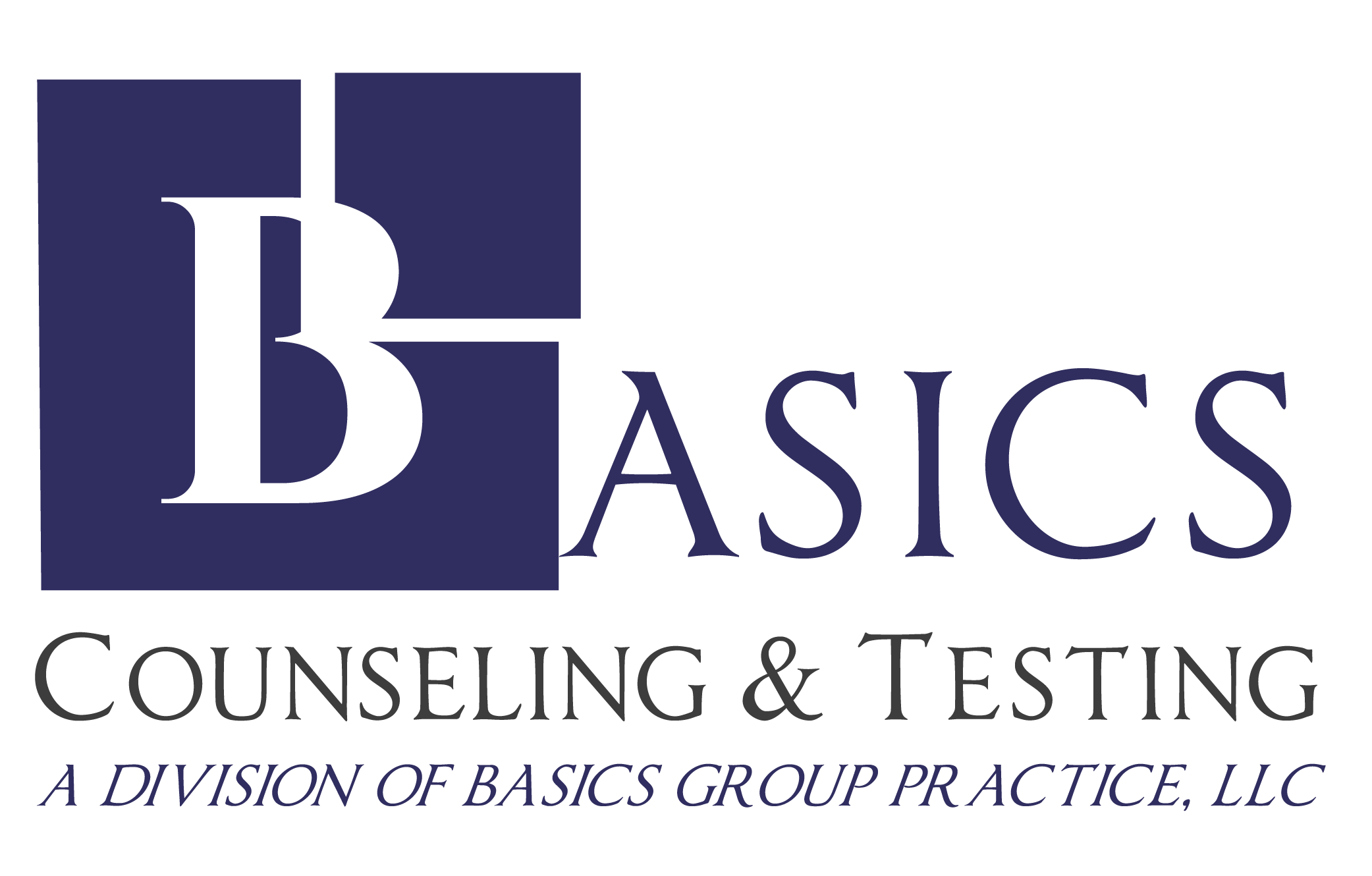ADHD ASSESSMENT (CHILD/ADULT
Attention Deficit Hyperactivity Disorder (ADHD) is a cognitive syndrome that is seen in children and adults. It manifests as cognitive inattentiveness and/or hyperactivity with impulse control problems. It begins in early childhood and continues throughout adulthood, so the term "Adult ADHD" is simply a continuance of what that individual has experienced throughout the lifespan. Oftentimes, ADHD runs in families, so we often see the brain signs in at least one parent as well as the child.
Frequently Asked Questions
What are the early signs of Attention Deficit Hyperactivity Disorder & Attention Deficit Disorder in children?
The three behaviors that are signals of Attention Deficit Disorder and Attention Deficit Hyperactivity Disorder are inattentiveness, impulsivity, and hyperactivity. While many children possess these traits to varying degrees, it’s how strong they are and the combination that should be the warning of a learning disability. Hyperactivity is definitely the most common, but can also be the most misleading. Just because a child is wild or out of control does not mean they suffer from ADD or ADHD. Likewise, the quiet daydreamer that sits in the corner could be suffering from it. Watch for things like not completing tasks before moving on to other things, losing interest easily, frequently loses things, and when your child says things without thinking first before considering if your son or daughter has a learning disability.
What testing should be done to determine if a child has a learning disability like ADHD or ADD?
Since Attention Deficit Disorder and Attention Deficit Hyperactivity Disorder show up differently in each individual there is not a single, standardized test for all children. As a result there is a broad range of criteria to determine a diagnosis. To be diagnosed with ADD or ADHD, a child must demonstrate a strong combination of the symptoms mentioned above. During the analysis doctors will look at the severity of symptoms and when or where the symptoms are most commonly demonstrated.

